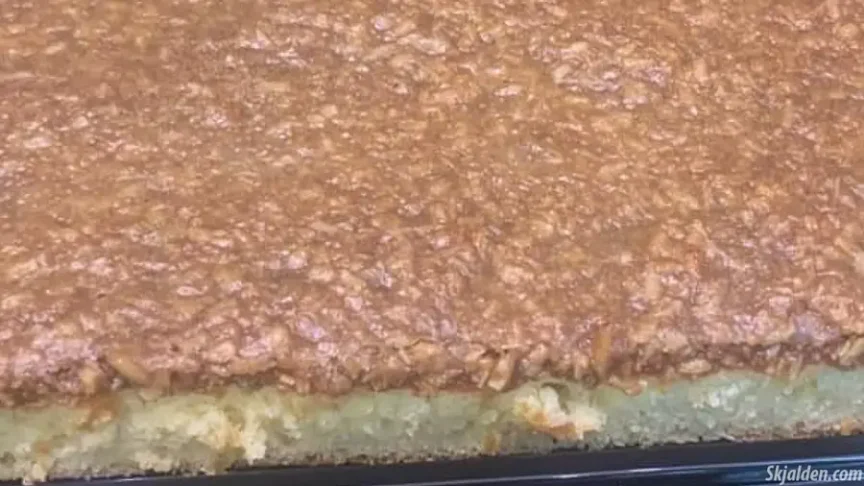Drømmekage is a delightful treat known for its sweet and comforting flavors and it has been a cherished part of Danish culinary tradition for decades. Its history and evolution offer a fascinating glimpse into the world of traditional baking and cultural heritage. This article aims to shed light on the origins, ingredients, and popularity of Drømmekage, making it accessible and enjoyable for all who are curious about this beloved cake.
Origins and Evolution
The tale of Drømmekage begins in the charming old village of Klokkerholm in Vendsyssel. Here, Jytte Andersen learned the recipe from her grandmother, Marie Nielsen Højgaard, who resided at Østergaard. In the family, it was affectionately known as Østergaardkagen. Andersen later brought this family recipe to a baking contest in Brovst in 1960, organized by the local housewives’ association, marking a significant moment in the cake’s history.
Interestingly, this cake’s journey didn’t stop in Denmark. Research suggests that the recipe may have roots stretching across the Atlantic to the United States. In the early 1900s, an American homemaker named Margaret Hill from Iowa penned a recipe for ‘Lazy Daisy Cake’. The striking similarities between this American cake and Drømmekage hint at a transatlantic connection that enriches its story.
Ingredients and Preparation
Drømmekage, or ‘dream cake’, is known for its simple yet satisfying flavor profile. The key to its unique taste lies in its basic but carefully chosen ingredients: sugar, eggs, flour, butter, and a special topping that gives it its distinctive character. In the original recipe, sugar and eggs are whipped over a steam bath, a technique that ensures the cake’s airy texture and durability.
The cake’s topping, a crucial element, is a harmonious blend of butter, brown sugar, and coconut flakes, creating a caramelized, crunchy layer that contrasts beautifully with the soft sponge below. This combination of textures and flavors is what makes Drømmekage a beloved treat in Danish households and beyond.
Cultural Significance and Popularity
Drømmekage is more than just a cake; it’s a symbol of Danish baking tradition and familial warmth. It evokes memories of cozy “hygge” afternoons and family gatherings. Its popularity soared after the baking contest in Brovst, and soon, commercial bakeries, including the notable Amo, began producing their versions, labeling it as ‘Drømmekage from Brovst’.
Today, Drømmekage holds a special place in the hearts of many, not just in Denmark but around the world. Its simplicity, delightful taste, and the nostalgia it carries continue to endear it to new generations. Whether enjoyed with a cup of tea or as a dessert at family dinners, Drømmekage remains a testament to the enduring charm of traditional baking.
